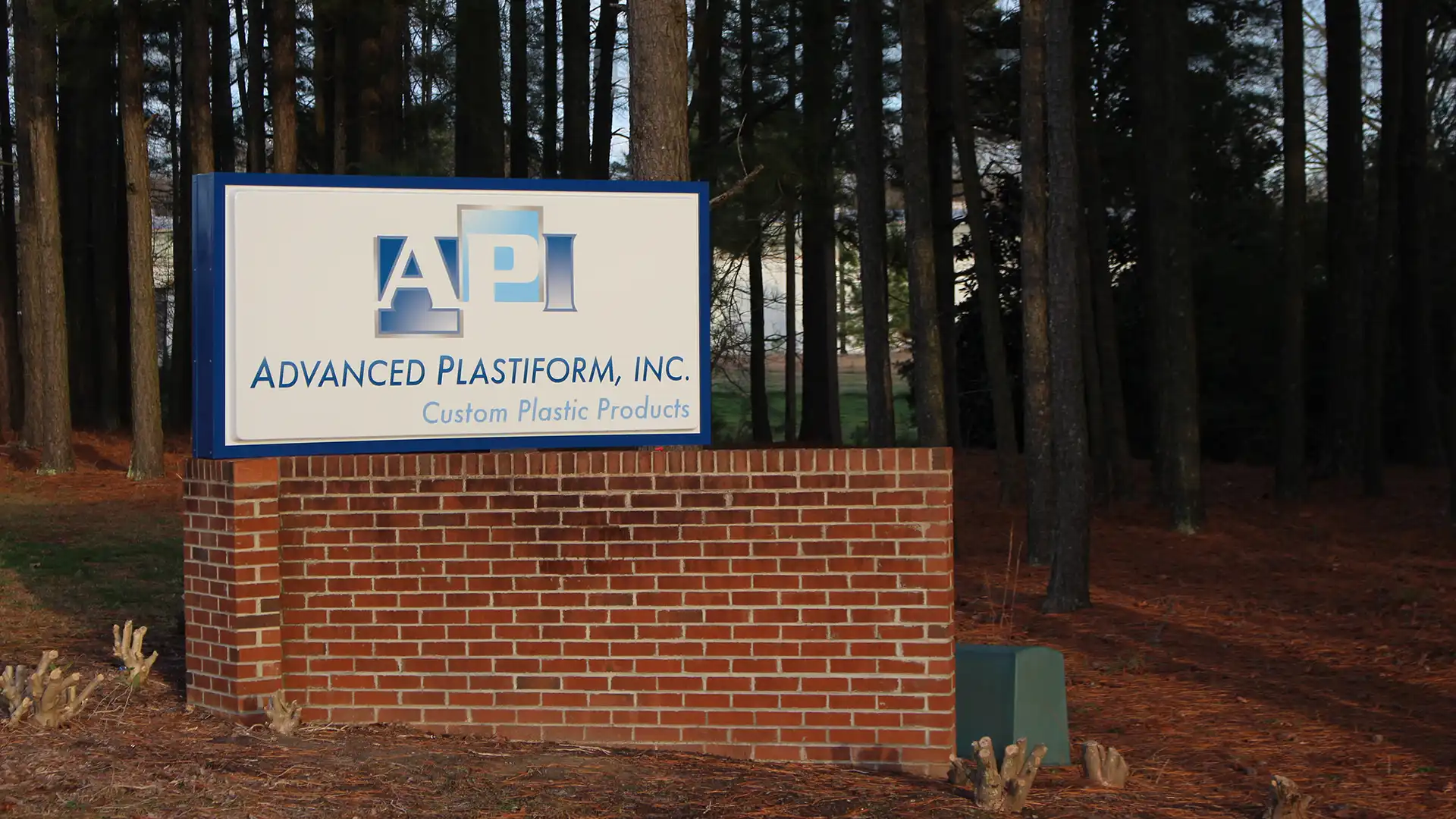Learn about polystyrene, a commonly used plastic that has wider uses than most people realize.
When you're designing a plastic component or product that will be thermoformed, choosing the right material is necessary to ensuring it can meet the performance and functionality needs as well as hold up to the conditions it will be subjected to. For example, transparent sheeting used for windows must meet a different standard than the plastic casing used on a suitcase, which is why they're made from two different types of thermoplastic. To help you choose the right material, our thermoforming company in North Carolina is sharing what factors to take into account and the materials that often meet those needs.
Factors to Consider When Choosing a Thermoplastic for Thermoforming
While you're designing your component, part, or product, consider what conditions the plastic will be subject to and what the consumer needs from the product to help you choose which plastic to use. Some factors to consider include:
Impact Resistance
Will the plastic be subject to being bounced around or bumped or does it need to hold up to projectiles? Consider the casing of a suitcase, an impact guard around a hockey rink to protect fans, vinyl siding, or a cafeteria tray that could be dropped, slammed, or banged around - these are all formed from impact-resistant plastics to prevent breaking and denting.
Scratch Resistance
Is it necessary that your product hold up to possible scratching and abrasions to preserve both structural integrity and appearance? Windows, safety glasses, and signs are often made from plastics that are resistant to abrasion or those that can be treated with a scratch-resistant coating.
Chemical Resistance
Consider if your product be exposed to aggressive chemicals, such as industrial chemicals or consistently exposed to more mild chemicals such as a cleaning product container.
Tensile Strength
Tensile strength, or how much a material can be pulled or stretched without breaking or cracking, is necessary in some applications, especially when choosing plastic in place of metal or as a fabric reinforcement.
Food Safety
Do you need thermoformed food packaging, such as a yogurt container or food storage containers? There are a variety of plastics that are deemed food safe to choose from.
Weight
One of the benefits of plastic over metal and other materials is that it's durable while also lightweight. This has improved fuel efficiency in vehicles and made medical implants more effective and comfortable for users.
Customization Capability
From adding plasticizers to improve flexibility to scratch-resistant or anti-static coatings, some thermoplastics offer a wide range of customization whereas others are limited. Knowing what you need from your plastic helps you narrow down the options.
Transparency
Do you need a transparent plastic for windows, safety glasses, or product packaging? This, combined with impact resistance, scratch resistance, and other factors can steer your choice to which thermoplastic is best for your thermoforming project.
Qualities of Common Thermoplastics Used in Thermoforming
By knowing the qualities you need, you can narrow down the thermoplastics used in thermoforming that offer the characteristics you need.
ABS
ABS offers excellent impact resistance and chemical resistance as well as strong performance in high and low temperatures, which is why it's often used in automotive plastics and material handling. However, it's UV resistance is lower than other options and isn't safe for food packaging.
Polypropylene
Polypropylene is one of the most commonly used plastics because it has the chemical resistance and impact resistance to ABS but is also flexible and safe for food packaging and even medical implants. It's versatility and low cost make it an attractive option across multiple industries.
Acrylic
Acrylic is lightweight, transparent, and offers fantastic scratch resistance, which is why you'll see it used in signs, brochure holders and display shelves as well as windows and aquarium tanks.
PVC
Polyvinyl chloride, or PVC, offers incredible versatility because it can be combined with different additives to change the properties. PVC is used for everything from rigid plumbing pipes to transparent shower curtains, and its qualities make it an affordable, quick option for thermoforming.
Polycarbonate
Polycarbonate is used when acrylic isn't the right option. It's not as scratch resistant or lightweight as acrylic, but it can withstand impact at a much higher rate. Safety shields and eyeglasses are often made from polycarbonate.
Call Us for a Free Quote on Thermoformed Plastics
When you need custom thermoformed plastics, reach out to Advanced Plastiform, Inc. Our experienced design team can help you choose the right materials and customization options to get the exact part you need while ensuring accuracy, consistency, and low per-unit pricing. We serve a wide variety of industries and companies across the Southeast and Mid-Atlantic, including North Carolina, South Carolina, Pennsylvania, Maryland, Tennessee, Georgia, and Virginia. Reach out to us today for a free quote.

